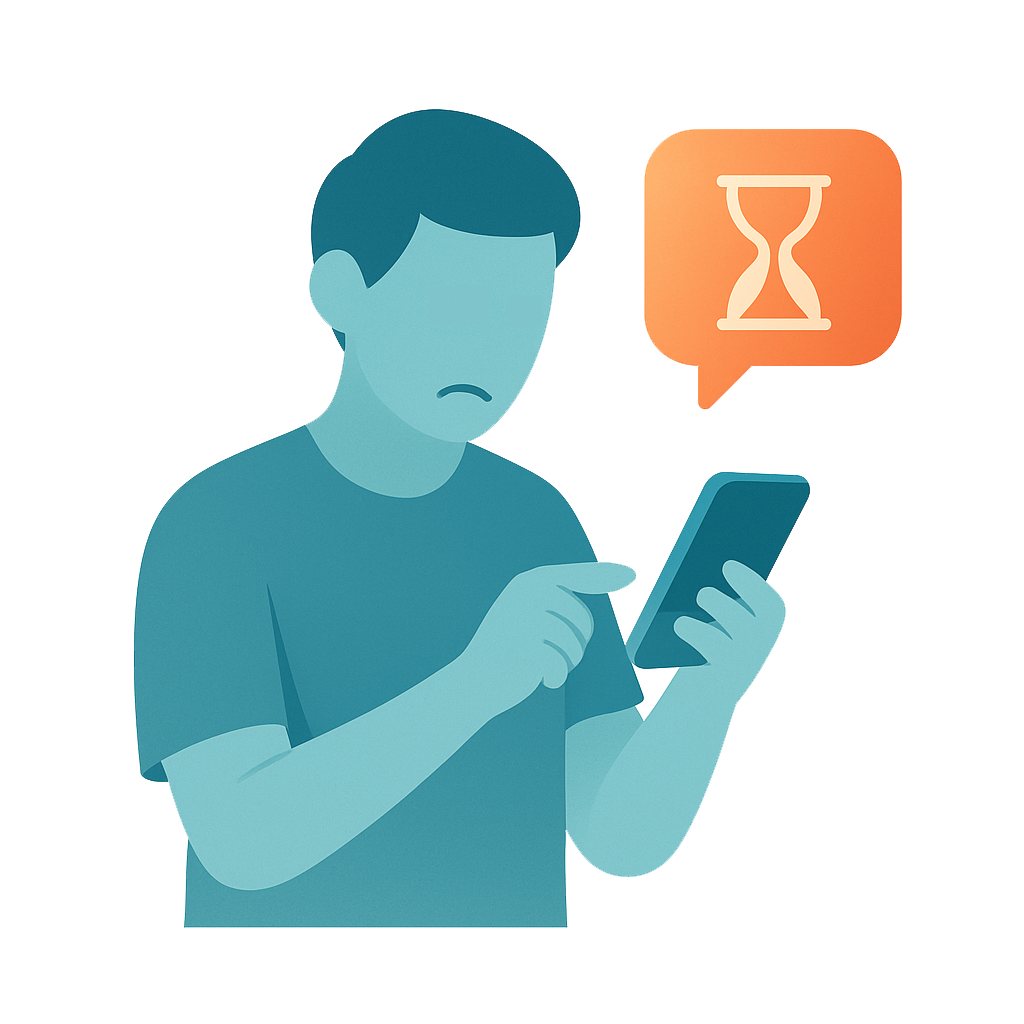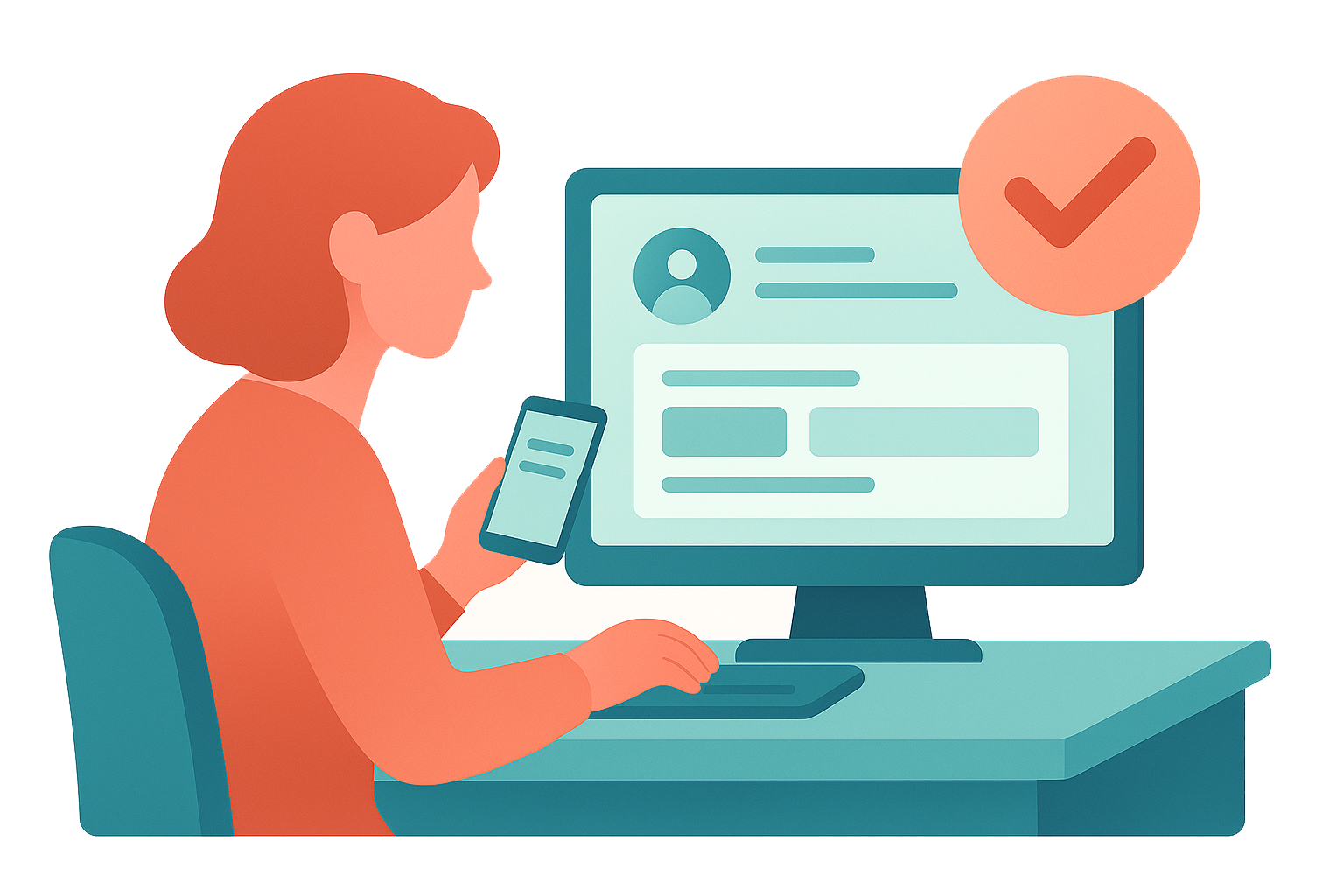From 20-Day Waits to 20-Second Matches
Our AI triage engine gets the right patient to the right provider in seconds.
Why the Status Quo Fails
-

20 days - 3 months wait to hear from provider.
-

Half of referrals are never completed.
-

Office staff without clinical background forced to guess.
-

Physicians waste slots on mismatched cases.
How We Fix It
Smart Intake
We scrape the referral and auto-populate the chart. Your team hardly types; patients sign once and move on.
Instant Triaging
The engine weighs diagnosis, urgency, and availability, then returns a routing decision in under twenty seconds.
Better Match
The right patient meets the right physician on the first try. Reschedules disappear and revenue lands on time.
Metrics That Matter
-
30-40% ↑
Triage accuracy vs. manual
-
15-20 hr ↓
Staff hours saved per week
-
49x ROI
Financially, amongst users
See Your Potential Savings
Put in your referral volume, provider count, and weekly new-patient visits. You'll see exactly how many hours per year go to manual triage, what you're paying for that time, and the surgical revenue you're losing when referrals get mismatched or abandoned.
Why Trust IIAM
-
Built by Doctors
Crafted by head-and-neck surgeons who’ve seen firsthand how referrals slip through the cracks. Every workflow reflects real clinical routines. No vendor assumptions, just what actually works.
-
Proven in Practice
Live in-clinic results speak for themselves: triage completed in seconds, 30–40% improvement in match accuracy, and 15–20 staff hours reclaimed weekly. Speed and precision, tested where it counts.
-
Peer-Reviewed
Published studies (2024, 2025) confirm 81–88% accuracy in surgery prediction and triage urgency. Independent validation you can cite with confidence.
-
Revenue Gains
Every successful referral means a booked visit and a filled slot, on the first try. Reduce leakage, increase billable revenue, and do it all without hiring more staff.
The Research Behind It
-

ML Model Flags Head & Neck Surgery Candidates with 81 % Accuracy
Random-forest analysis of 64 222 SEER records identified patients likely to need oncologic resection (86 % sensitivity, 71 % specificity), showing machine learning can tighten referral processing and cut treatment delays.
-

NLP Triage Engine Sorts H&N Referrals at 86–88 % Accuracy
A retrospective study of 83 new referrals proved our NLP tool can predict pathology type and appointment urgency—pinpointing high-risk cancer patients and freeing coordinators from manual triage.




